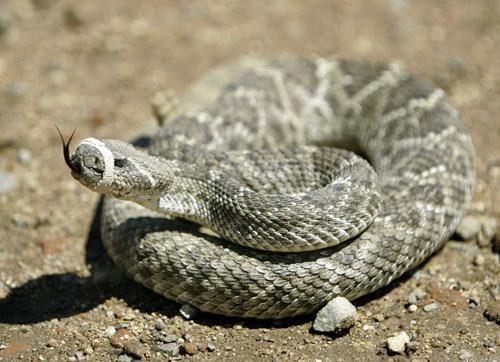UA’s Venom Immunochemistry, Pharmacology, and Emergency Response Institute, or VIPER, is collaborating with two international organizations to bring education about snake bite antivenom to high-risk areas.
Antivenom is expensive, difficult to manufacture and is typically used to treat snake bites, scorpion stings and other venomous attacks. To make it, venom is injected into a horse in small increments to allow the animal to build up an antibody response. Those antibodies can then be injected into a human being following a venomous sting or bite.
Many tropical diseases, such as malaria or Ebola, are recognized on an international scale, with efforts being made by multiple countries to find a cure. Snake bites, however, are considered a “neglected tropical disease,” according to Dr. Leslie Boyer, the founding director of VIPER and a professor of pathology at UA.
Few snakebites occur in the United States compared to the rest of the world, meaning that there is a minimal market for antivenom.
“Snake bites are a nano orphan [rare medical condition] in the United States,” Boyer said. “That means it’s really hard to sell drugs to treat it.”
The situation is much worse in places like India and Africa, where bites are not from rattlesnakes but rather cobras and mambas, whose antivenom is very rare in the U.S. Because little is produced in the U.S., there is not enough to treat patients who suffered a tropical snake bite from a pet cobra.
“We have a huge underground zoo of people buying and selling exotic snakes,” Boyer said. This means that tropical snake bites do occur, and Boyer herself once treated a patient who had been bitten by a deadly African puff adder.
And while there is not enough here, there is even less to send to other countries who need to treat victims of a snake bite.
RELATED: Canine cognition center explores dog smarts
Sub-Saharan Africa, where hundreds of thousands of people are bitten by venomous snakes a year, suffers from an immense shortage of antivenom. It is difficult to maintain horse herds there due to disease, and few people have the specific expertise and funds required to produce antivenom. A black-market teeming with ineffective or fake anti-venom has blossomed.
This is where the alliance between UA, the African Society of Venimology, and the Institute of Biotechnology of the National Autonomous University of Mexico, also known as IBt/UNAM, comes in.
The group has worked together for two years and combines their expertise to improve the supply of anti-venom in the world. Both the African Society of Venimology and the IBt/UNAM have better technology and have been involved in the production of coral snake antivenom. The team from Africa also excels at public health work.
VIPER specializes in clinical research, taking the work into the field with hands-on patient care. Some of their work is centered around testing the antivenom produced at the IBt/UNAM.
The alliance excels because each team brings something important to the table that the other teams may be lacking in.
“We need to work together to make a change in the world,” Boyer said.
RELATED: Biologists find key traits for species success
Their current project revolves around increasing education about antivenom in high-risk areas. Together, they have produced a free video series that aims to educate medical professionals in Africa on all aspects of antivenom. It will be shown in medical and nursing schools and run with English, Spanish, and French subtitles. Due to the current shortage of doctors in Africa, nurses will be the individuals most involved in administering antivenom, so it is important to integrate the videos into their education as well.
Boyer hopes that public officials will also see the video series and understand that their people need help in dealing with the antivenom crisis.
By increasing education about antivenom, Boyer and her team will be increasing awareness of the proper way to administer medication and ensure that more medical professionals are trained in the process.
Because antivenom is an international project, researchers and medical professionals within the field need to speak more than one language.
“You’ve got to know other languages,” Boyer said. She herself had to become more adept in French. “The experts speak French. They offered to speak English [for the video], but I told them that they are the experts and should speak their mother tongue.”
Boyer hopes to eventually translate the video series into other languages, in particular, the most popular languages in Africa.
Follow Nicole Morin on Twitter.















